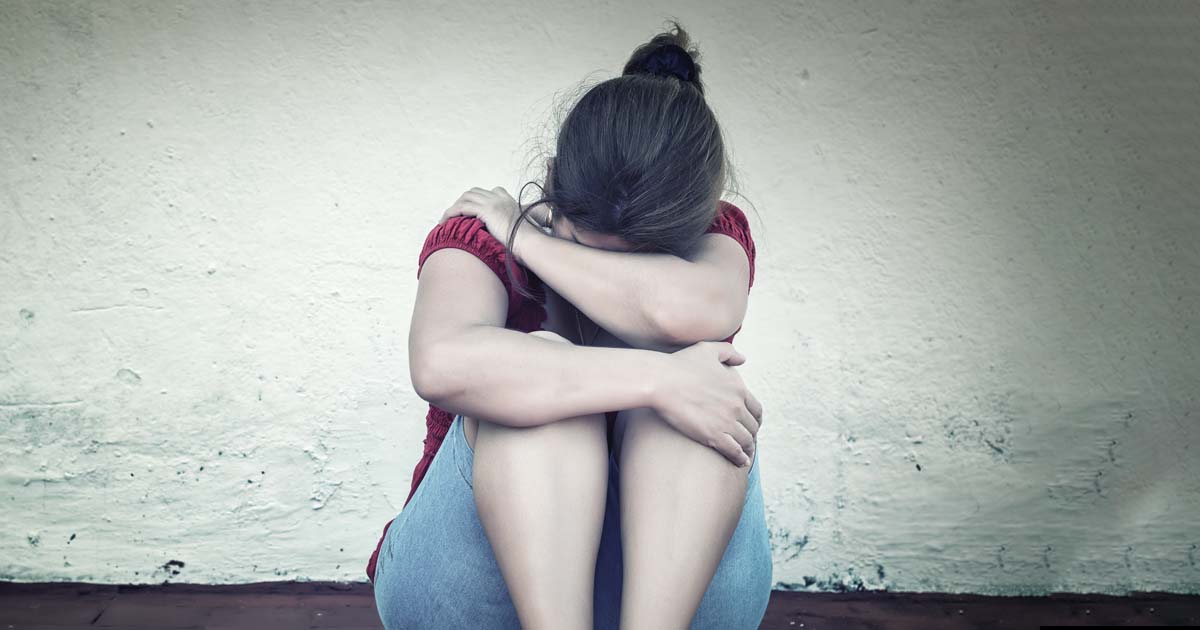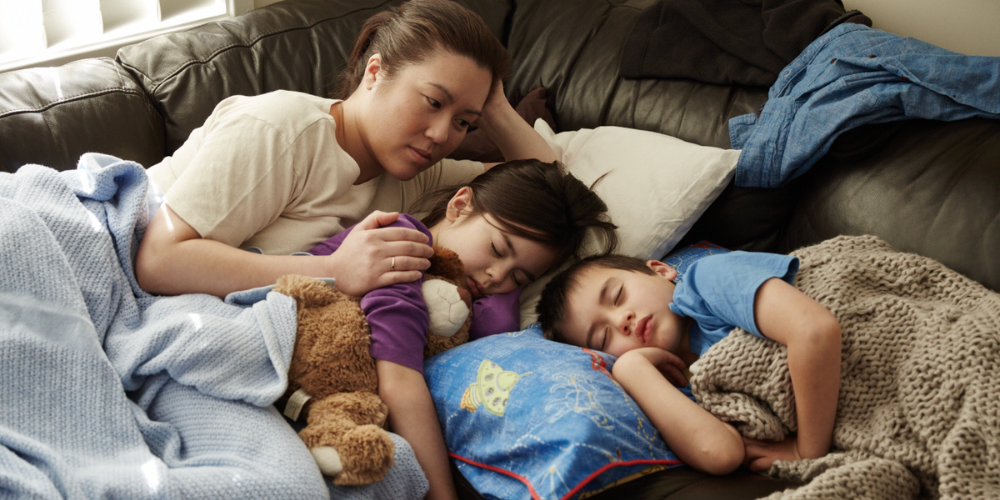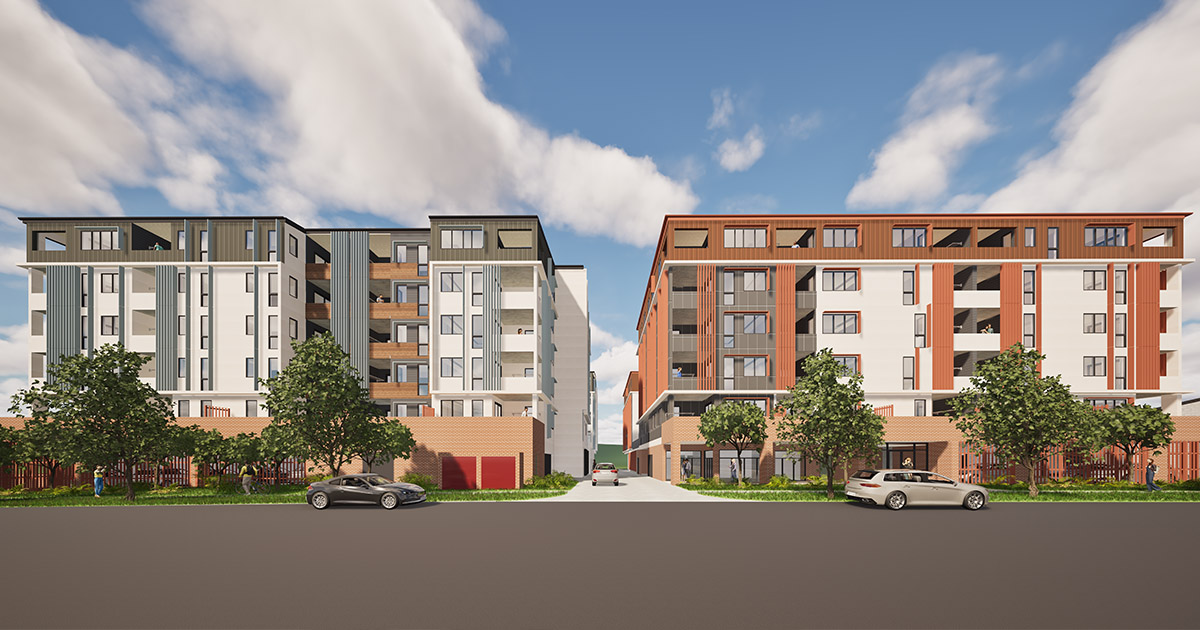Domestic and Family Violence statistics
In Australia, domestic and family violence is disturbingly common. It is one of the main drivers of homelessness among women, children and men.
Domestic and family violence involves abusive and violent behaviour towards a partner, former partner or family member. It extends beyond physical violence, and can involve actions that control, humiliate or scare the other person or people in the household.
National statistics can help us understand the gravity of the situation, but alarmingly, many victims of domestic and family violence will never report their experience. With many incidents going unreported, domestic and family violence may be much worse than we think.

Domestic and family violence in Australia statistics
1. Women are more likely to experience abuse at the hands of a partner
-
- 1 in 6 women have experienced physical or sexual violence by a current or former partner, while for men it is 1 in 16.1
- 75% of victims of domestic violence reported the perpetrator as male, while 25% reported the perpetrator as female.2
- Overall, 1 in 5 women and 1 in 20 men have experienced sexual violence.3
- On average, one woman every nine days and one man every month is killed by a current or former partner.4

2. Domestic and family violence is a leading cause of homelessness
-
- In 2023-24, over a quarter of people who received support from specialist homelessness services identified family and domestic violence as the main reason for needing help. Of those people, 75% identified as female and 48% were living as a single parent with one or more children.5
- 39% (or 108,000) of people seeking help from specialist homelessness services in 2021-22 had experienced domestic and family violence.6
3. Many have experienced domestic and family violence in their childhood
-
- 1 in 6 women and 1 in 9 men experience physical or sexual abuse before the age of 15.7
- 418,000 women and 92,200 men who had experienced violence from a previous partner said the children in their care had witnessed the violence.8
- Approximately 2.5 million Australian adults (13%) experienced abuse during their childhood; the majority knew the perpetrator and experienced multiple incidents of abuse.9

4. Family violence is worse in Aboriginal communities
-
- Indigenous people were 32 times more likely to be hospitalised for family violence as non-Indigenous people.10
- In 2017, the majority of Indigenous assault victims recorded by police were victims of family violence, ranging from 64% (2,700) in New South Wales to 74% (3,900) in the Northern Territory.11
5. People with disability are more likely to experience physical and/or sexual violence
-
- People with disability were 1.8 times as likely to have experienced physical and/or sexual violence from a partner in the previous year (when compared with people without disability).12
- People with disability were 1.7 times as likely to have experienced sexual violence (including assault and threats) since the age of 15.13
What you can do to help
- Donate to help vulnerable children and families find a safe home.
- Expand your knowledge and learn more about domestic and family violence.
Know someone affected by domestic and family violence?
If you are experiencing abuse or violence it is not your fault. There are support services that can help you. If your life is in danger, call 000. For 24/7 domestic violence counselling call the National Sexual Assault, Family & Domestic Violence Counselling Line on 1800 RESPECT (1800 737 732).
Where to get help
Acknowledging that one of your relationships may be unhealthy or potentially harmful can be overwhelming to cope on your own. It can also be difficult to see the bigger context when trying to look at a relationship outside of our own lens. Whether it’s a relationship you need help navigating, a behaviour you want to change or advice to support a loved one involved in an unhealthy relationship, reach out to:
- If your life is in danger, contact emergency services on 000 immediately.
- Lifeline —13 11 14 or chat online.
- MensLine Australia —1300 78 99 78.
- Relationships Australia — 1300 364 277.
1,2,3,4 AIHW (2019): Family, domestic and sexual violence in Australia: continuing the national story 2019. Canberra: AIHW
5,6 AIHW, (2024): AIHW (2022): Specialist homelessness services annual report 2023-24
7 AIHW, (2019): Family, domestic and sexual violence in Australia: continuing the national story 2019: in brief, 2019
8 AIHW (2019): Family, domestic and sexual violence in Australia: continuing the national story 2019. Canberra: AIHW
9 ABS, (2019): Characteristics and outcomes of childhood abuse
10,11,12,13AIHW, (2019): Family, domestic and sexual violence in Australia: continuing the national story 2019: in brief, 2019
Latest news, media & blog articles
Read about what we’ve been working on, our stance on important social issues and how you make a difference to vulnerable Australians' lives.



